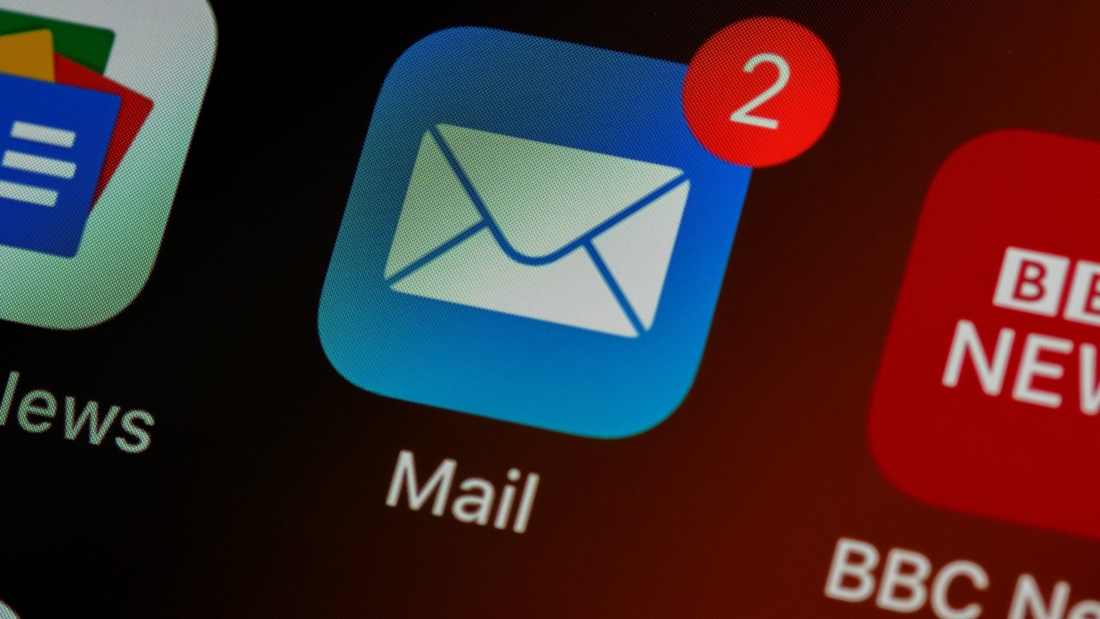Email marketing is one of the most effective ways to reach and engage your audience. With billions of emails sent daily, standing out requires a strategic approach. Whether you’re nurturing leads, driving sales, or building customer loyalty, creating effective email campaigns can significantly boost your business’s success. Here’s a step-by-step guide to crafting compelling and results-driven email campaigns.
1. Understand Your Audience
The foundation of an effective email campaign lies in knowing your audience. Research to understand their:
- Demographics: Age, gender, location, etc.
- Preferences: What type of content do they engage with?
- Pain Points: How can your product or service solve their problems?
Use this data to segment your email list and deliver tailored content that resonates with each audience group.
2. Set Clear Goals
Define what you want to achieve with your email marketing campaign. Your goals might include:
- Increasing website traffic.
- Generating leads or sales.
- Promoting a product launch.
- Building brand loyalty.
Clear goals will help you measure the success of your campaign and refine your approach.
3. Build a High-Quality Email List
Avoid purchasing email lists. Instead, grow your subscriber base organically by:
- Adding sign-up forms on your website.
- Offering incentives like eBooks, discounts, or exclusive content.
- Running social media campaigns to drive subscriptions.
Focus on collecting permission-based emails to ensure high engagement rates.
4. Craft a Compelling Subject Line
Your subject line determines whether your email gets opened or ignored. Make it:
- Clear: Avoid being too vague or misleading.
- Concise: Stick to 6–10 words for optimal engagement.
- Intriguing: Use action verbs, personalization, or urgency (e.g., “Don’t Miss Out 20% Off Ends Today!”).
5. Personalize Your Emails
Personalization goes beyond using the recipient’s name. Include:
- Dynamic Content: Display different content for different segments.
- Behavioral Triggers: Send emails based on user actions (e.g., abandoned cart reminders).
- Tailored Recommendations: Suggest products or services based on past purchases.
Personalized emails have higher open and click-through rates, boosting campaign effectiveness.
6. Focus on Valuable Content
Your audience opens emails for the value they provide. Focus on delivering:
- Informative blog posts or guides.
- Exclusive offers and discounts.
- Updates about new products or services.
- Invitations to events or webinars.
Ensure your content aligns with the goals and interests of your subscribers.
7. Use an Eye-Catching Design
Visual appeal is critical for email engagement. Follow these design tips:
- Use mobile-responsive templates, as most emails are opened on mobile devices.
- Keep the layout simple, with clear calls to action (CTAs).
- Use high-quality images and a consistent color scheme that reflects your brand identity.
8. Add a Clear Call-to-Action (CTA)
Your CTA should guide readers to take the next step.
- Use actionable language like “Shop Now,” “Learn More,” or “Subscribe Today.”
- Place the CTA button prominently in the email.
- Ensure the link takes users to a relevant landing page.
9. Test and Optimize
Regular testing can significantly improve your email marketing results. Use A/B testing to experiment with:
- Subject lines.
- Email copy.
- Design elements (images, colors, etc.).
- CTA placement and wording.
Analyze your results and refine your approach based on what works best.
10. Measure Your Results
Track key performance indicators (KPIs) to evaluate your campaign’s success. Focus on:
- Open Rate: Percentage of recipients who opened your email.
- Click-Through Rate (CTR): Percentage of users who clicked on your CTA.
- Conversion Rate: Percentage of users who completed the desired action.
- Unsubscribe Rate: Percentage of users opting out after receiving your email.
Use these insights to improve future campaigns.
11. Ensure Compliance
Adhere to email marketing regulations, such as:
- Adding an unsubscribe link in every email.
- Gaining explicit consent before sending emails.
- You are complying with GDPR, CAN-SPAM, or other applicable laws in your region.
This builds trust with your audience and ensures your emails land in their inbox, not the spam folder.
Conclusion
Effective email marketing campaigns are about more than just sending emails—building relationships with your audience. You can create campaigns that drive engagement and achieve your business goals by understanding your audience, delivering personalized and valuable content, and continuously optimizing your strategy.
Start implementing these strategies today to maximize the impact of your email marketing efforts!


Add a Comment